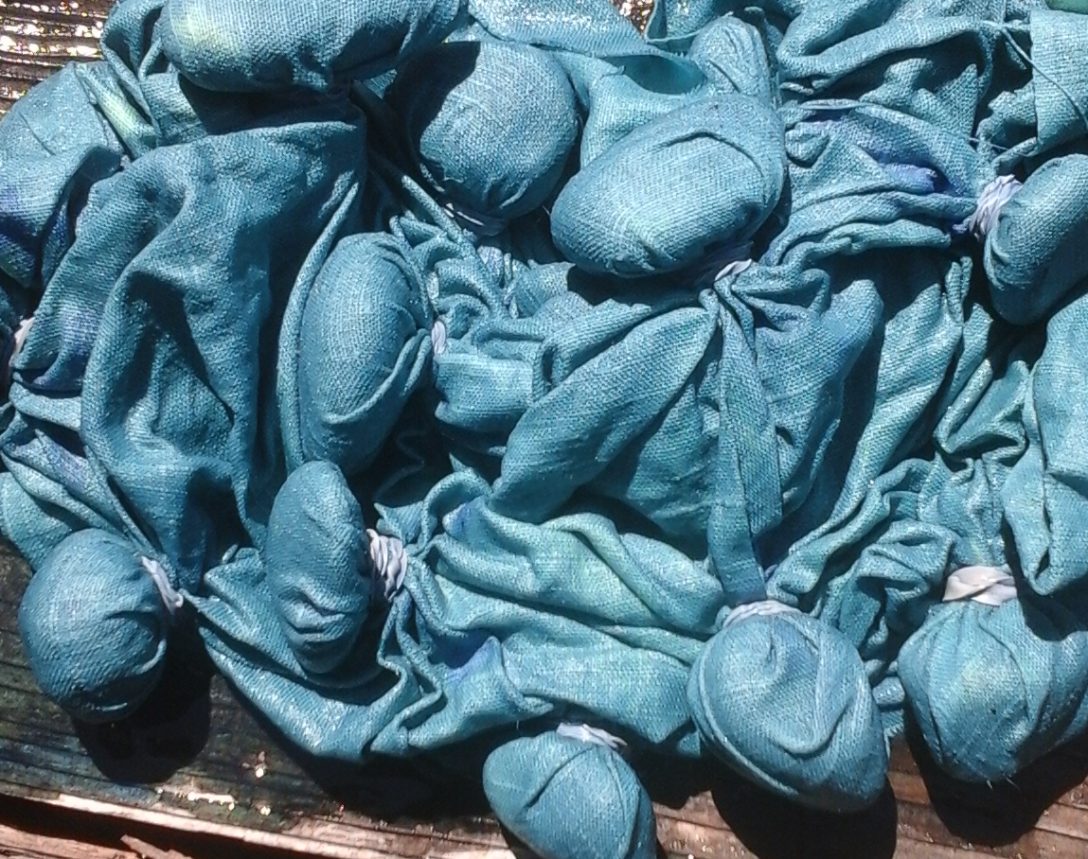
Some mornings I wake and forget that we are living through a pandemic. I lie in my bed, listening to birds that never sounded as sweet as they do this spring. Some mornings I wonder when we might feel that we are safe again. Will we? Will the world return to its old paradigm? Next month? The fall? Never, I suppose. I don’t think it should. We are not the same, are we? The news we’ve followed, the numbers, the charts, the models — those have guided us, like cryptic maps, to a place of no return. We need to abandon some of our old habits and expectations and we’ll need new ways to do things.
My daughter Angelica sent this photograph today, an image from her walk along Dallas Road in Victoria. When I was a child, you never saw deer in the city of Victoria. Out on Saanich peninsula, yes. I’d ride my horse on Island View Beach and there’d be deer nosing the tide line, nibbling the wind-shaped trees beyond. In the old orchards near the house where I spent my teen years, there were deer feeding on ancient wrinkled apples in fall. This photograph struck me as emblematic somehow. The new world, where deer claim the cemetery where I rode my bike, where peahens strut along the city streets, and where coyotes boldly walk the main thoroughfares in many major urban centres (though not yet on Vancouver Island). For those of you who don’t know Victoria, Dallas Road follows the shoreline along the city’s southern boundary. On a clear day you can see the Olympic Peninsula on the other side of the Strait of Juan de Fuca, Hurricane Ridge, and the lights of Port Angeles at night.
In early January I bought a small datebook for 2020 and until the second week in March, its pages are filled with scribbled notes of appointments, meals with friends, planned trips to Vancouver. The last actual thing is swimming on March 14, 1.3 kilometers, and I remember the lifeguard assuring us that the pool would remain open for the foreseeable future. It was (at that point) deemed “safe”. What is safe anymore? The glove-box of our car holds sanitizer, masks, single-use gloves.
Yet the days are not without beauty or utility. There are lovely things that happen. My grandchildren call on WhatsApp. I lie on my bed (because it’s close to the modem; otherwise the video connection is erratic) and read them stories. They tell me about frogs in the ravine near where they live, and a porcupine they watched waddle along the path, and they chant We want buttercrunch, we want buttercrunch. This morning I made a double batch to send to three cities where those I love more than anything live their own modified lives. Life goes on, some of it the same (a gin and tonic on a deck in Ottawa, in sunlight; the visit to the frogs in Mill Creek Ravine; walks along Dallas Road), and some of it still working itself out. One grandson in Ottawa told me about the ambulance video he’d seen (suddenly ambulances are everywhere!) and the truck that vacuumed out the storm drains.
We’re adapting. We didn’t want to. I’d rather be swimming those 1.3 kilometers three times a week and I’d rather be setting my table for a group of friends for a dinner stretching into the darkness of these spring evenings when owls would call as we walked our guests out to their cars at midnight. John was anticipating (with some anxiety but also with relief) hip surgery about now. When that will happen is anyone’s guess. But this is what is. What we have. And we are privileged to have the safety we do have, the good food, the bottles of wine from Wild Goose in Okanagan Falls delivered to our door. (Or not quite to our door but close enough.)
The last few nights I’ve up for a couple of hours, not because of insomnia but because I’ve begun a piece of writing that calls me, through the darkness, the anxiety, the little knot of fear that is hard to shake, calls me to pay attention to details about two shacks on the Red Deer River during the Spanish flu epidemic of 1918. The shacks held members of my family, one of them unknown to even my father before he died in 2009, and the others known but never talked about. They died in such sad circumstances and what happened afterwards was unimaginable at first to those left behind. Here I am, though, able to sit at my desk with my desk lamp glowing in the dark. I began the research for this before the virus changed our daily lives and now I have to acknowledge that I feel as though I’ve given a sacred task. Maybe that’s why the photograph of the deer feels so potent to me.
When I tidied my desk a week or two ago, getting ready to really plunge into writing after a couple of months of gathering, accumulating, thinking about the materials at hand, I found a copy of Gary Snyder’s No Nature: New and Selected Poems tucked under something else. I’ve long considered him a guide, having discovered his work when I was 18. I held the book in my hands and it fell open to this:
How Poetry Comes To Me
It comes blundering over the
Boulders at night, it stays
Frightened outside the
Range of my campfire
I go to meet it at the
Edge of the light

A beautiful post and beautiful poem, Theresa. We escape our own isolation to enter yours, for a while.
Beth, you are the most generous reader…!